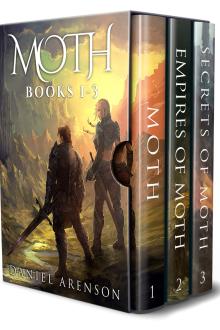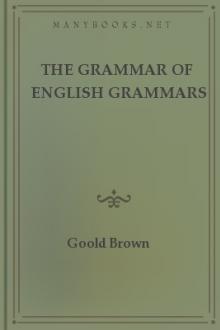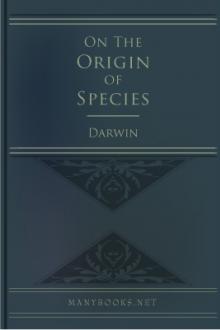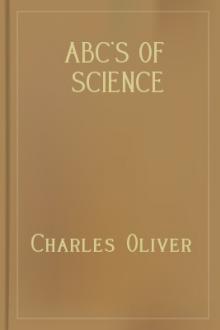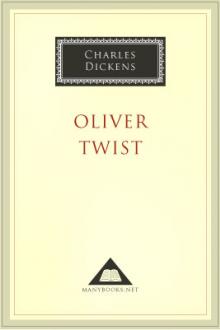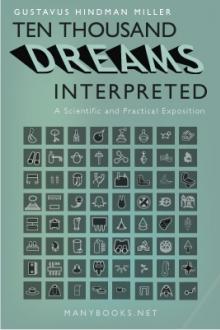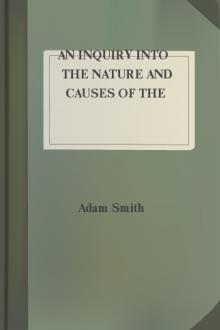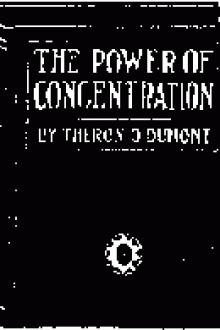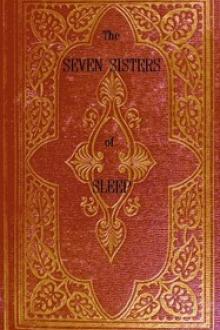Fungi: Their Nature and Uses
Fungi: Their Nature and Uses
Book Excerpt
>sic).
This is but another mode of stating the same thing as above referred to by M. Trécul, that certain cells, resembling yeast cells (Torula), are developed spontaneously, and that these ultimately pass through the form of mould called Penicillium to the more complex Mucor (which the writer evidently has confounded with Aspergillus, unless he alludes to the ascigerous form of Aspergillus, long known as Eurotium). From what is now known of the polymorphism of fungi, there would be little difficulty in believing that cells resembling yeast cells would develop into Penicillium, as they do in fact in what is called the "vinegar plant," and that the capsuliferous, or higher condition of this mould may be a Mucor, in which the sporules are produced in capsules. The difficulty arises earlier, in the supposed spontaneous origination of yeast cells from molecules, which result from the peculiar conditions of light, t
FREE EBOOKS AND DEALS
(view all)Popular books in Science, Non-fiction
Readers reviews
0.0
LoginSign up
Be the first to review this book
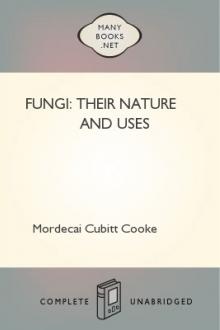
 Free Download
Free Download
